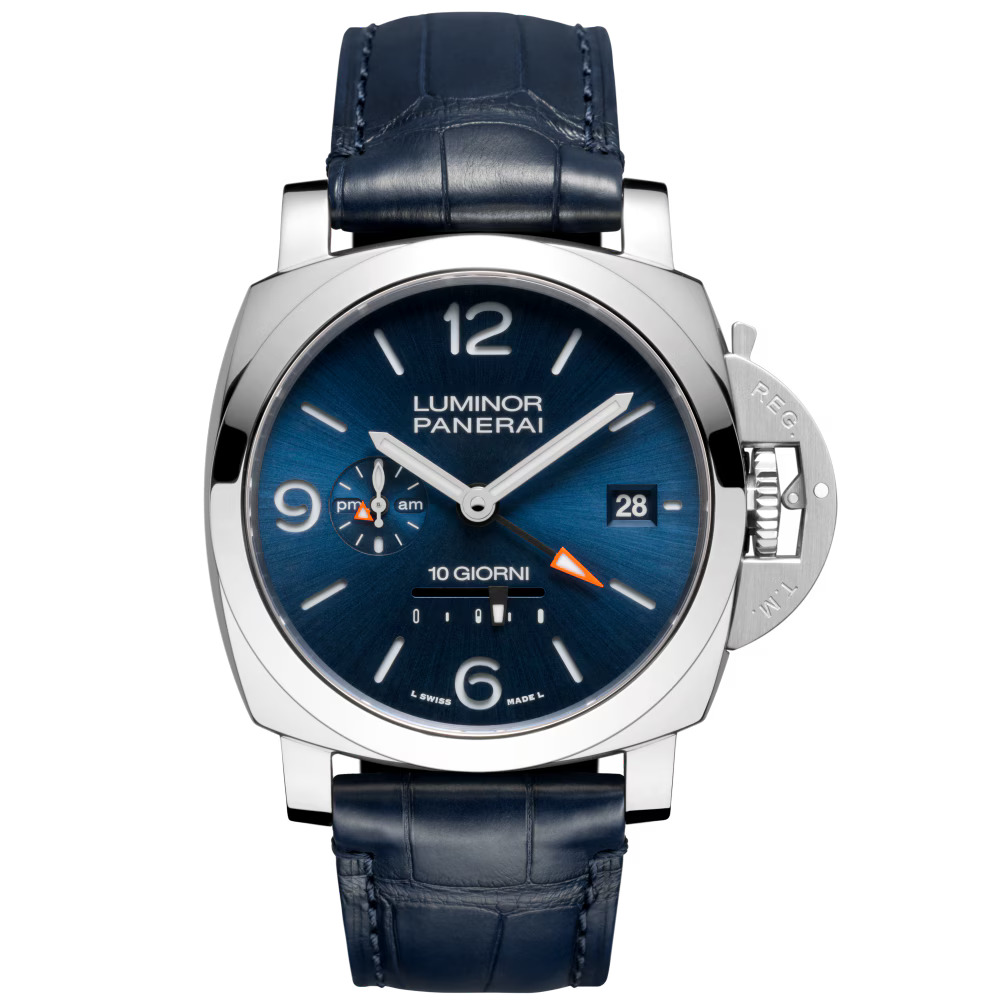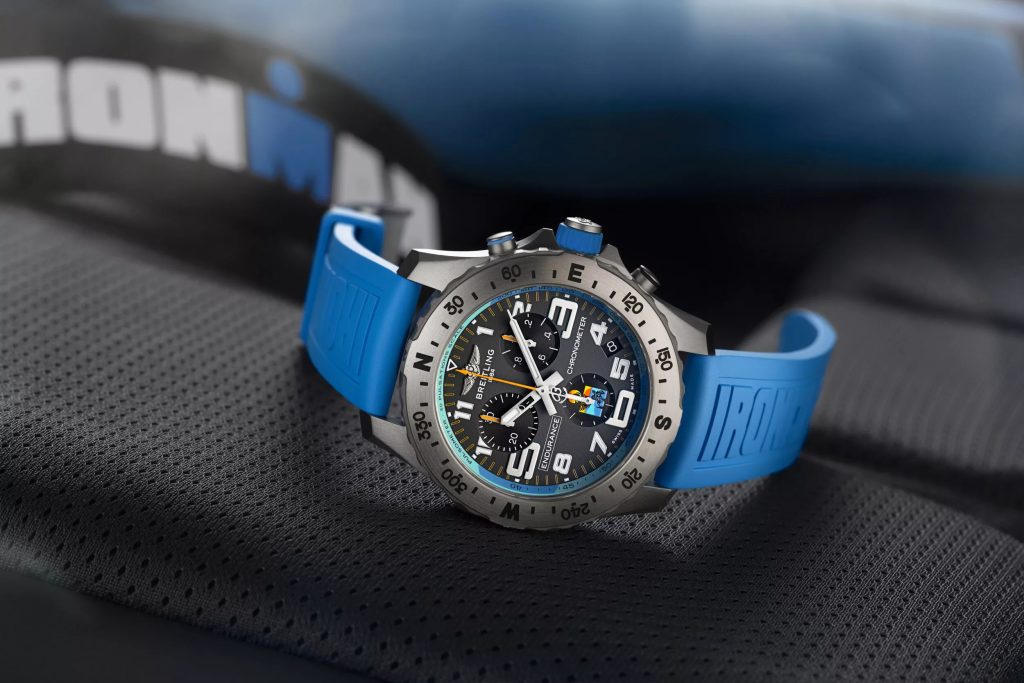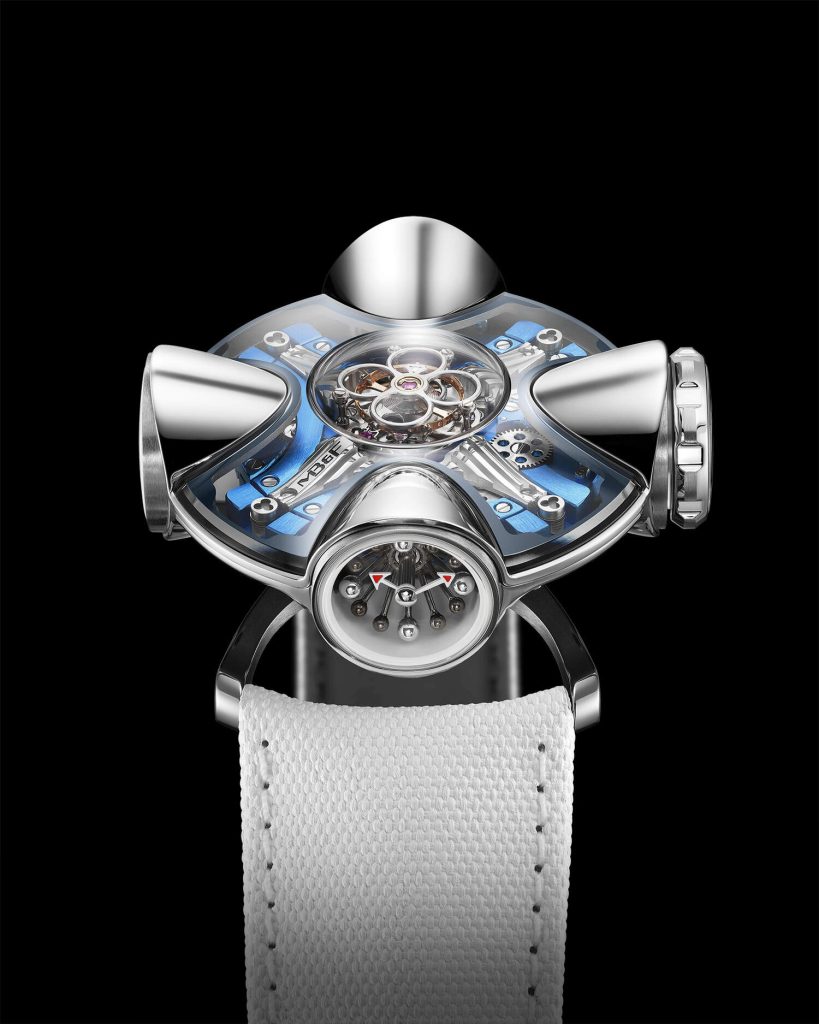Understanding Gaskets In Watches And Why They Are Essential For Water Resistance
Early use of gaskets in watches dates to the 1920s which was a key milestone for the development of the screw-down crowns, and a sealed case for water resistance
Gaskets are fundamental yet often underestimated components that play a critical role in ensuring the structural integrity and water resistance of a watch. Typically made from materials such as rubber, silicone, or Teflon, these precision-engineered rings are strategically placed at key junctions, most commonly around the caseback, crystal, and crown to create airtight and watertight seals. In diving watches and high-performance timepieces, multiple gaskets are often used in combination to achieve higher pressure ratings, with each seal engineered to withstand specific environmental stresses. Serving a critical function in mechanical timepieces, gaskets also provide a seal protecting the timepiece’s delicate internal movements.

Installation and Maintenance
Gasket installation is a highly delicate process that must be fitted precisely to ensure a tight seal, and any miscalculation or misalignment can compromise on the novelty’s performance. Watchmakers use specific tools and techniques to not only install but also achieve the highest level of precision. Time can take its toll on gaskets too and maintenance including cleaning and replacement of the gaskets can help prevent wear and tear to ensure the novelty’s top notch performance.

Types Of Gaskets
Caseback Gaskets
Circular, yet designed to fit snugly into a groove in the watch case, these are usually made from rubber or silicone, which provides a good seal while also being resistant to wear and tear. The thickness and diameter of the gasket should match the watch case to ensure a proper fit. These gaskets can become compressed or worn, leading to a loss of their sealing properties.
Crown Gaskets
These are cylindrical shaped and designed around the stem of the crown. The shape and size should match the crown, ensuring a proper fit. Regular inspection and replacement can ensure optimum performance of the timepiece.

Importance Of Gaskets
Without gaskets, the timepiece’s internal components would be exposed to moisture, dust, and other particles leading to damages. The gasket plays a crucial role in ensuring the longevity and reliability of a luxury mechanical watch. Furthermore, the gasket’s role in maintaining the watch’s water resistance is crucial for watches that are used in challenging environments. Without a properly functioning gasket, the watch could be damaged by water leading to costly repairs or even total loss of the watch.